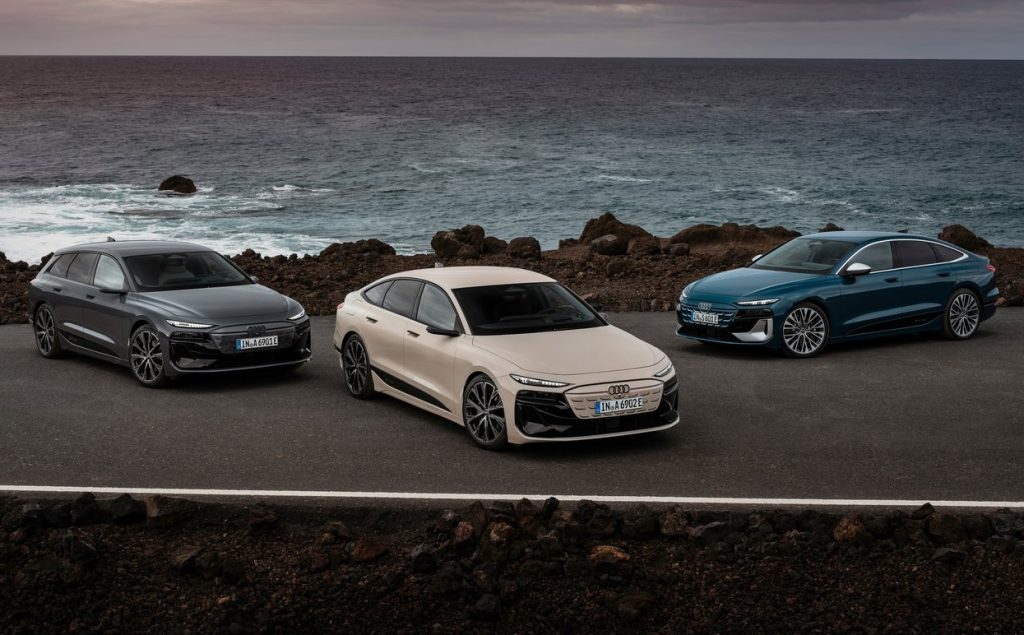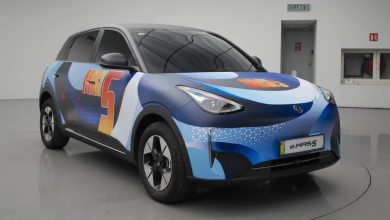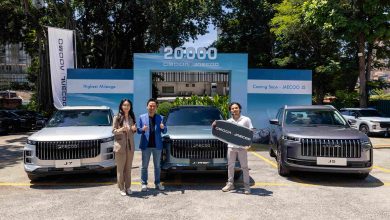Audi A6 e-tron Debuts In All Electric Fastback & Estate Flavours
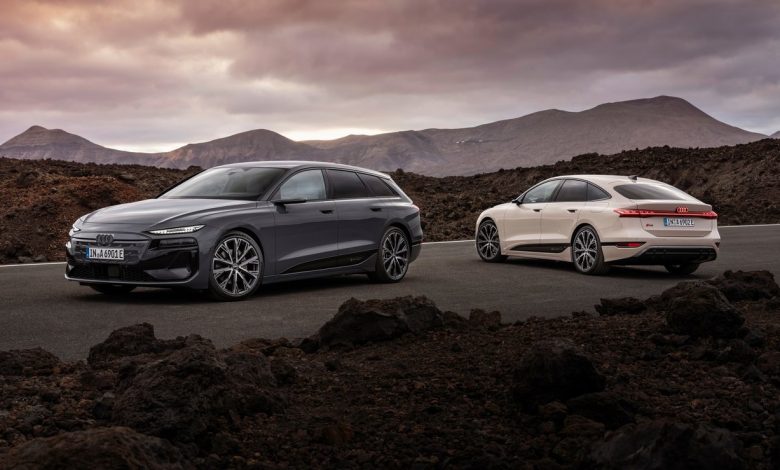
This Audi A6 e-tron mirrors the concept’s exterior aesthetics and packs up to 750 km of range.
Following on from its initial teaser all the way back in 2021, Audi has finally revealed the production version of its A6 e-tron. This all-electric mid-sized executive Audi will soon be landing as a Sportback sedan with the more practical lift gate tailgate, as well as an Avant estate.
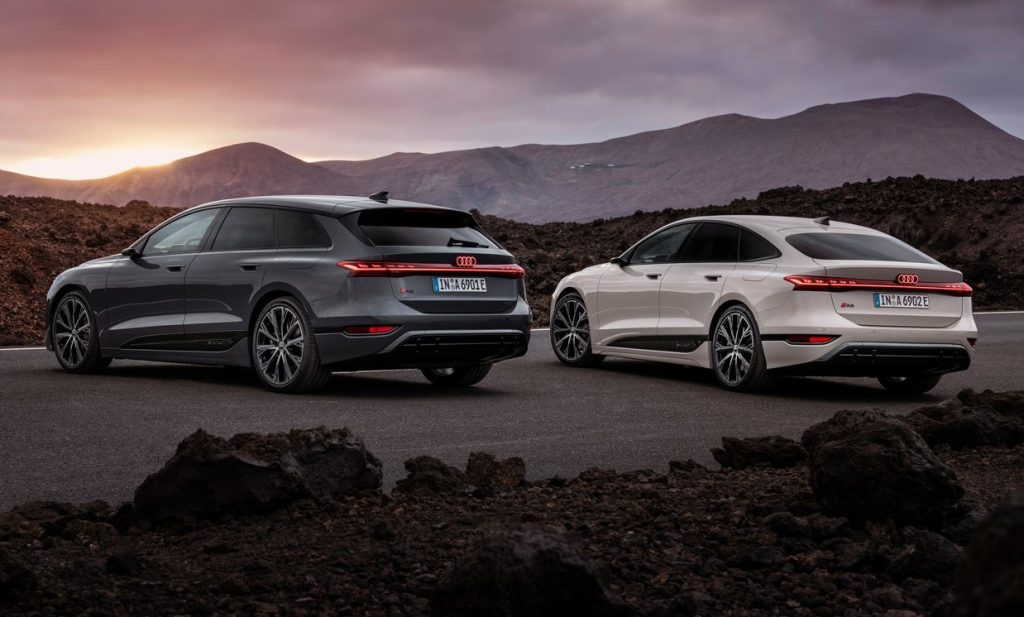
Under the skin of this new A6 e-tron is to be the Volkswagen Group’s new Premium Platform Electric (PPE) architecture that underpins both its higher-riding Q6 e-tron counterpart, in addition to the new Porsche Macan. Two new lithium ion battery pack options will be made available with this all-electric Audi from launch: a 79 kWh and a 100 kWh unit.
Audi currently estimates that the largest of batteries fitted in the Sportback sees for it being capable of travelling up to 750 km on a single charge, which incidentally eclipses the official figures for the equivalent i5 and EQE. The longest-range estate-bodied A6 E-tron Avant meanwhile concedes 30 km of range due to its less aerodynamic shape, with it instead maxing out at a claimed 720 km.
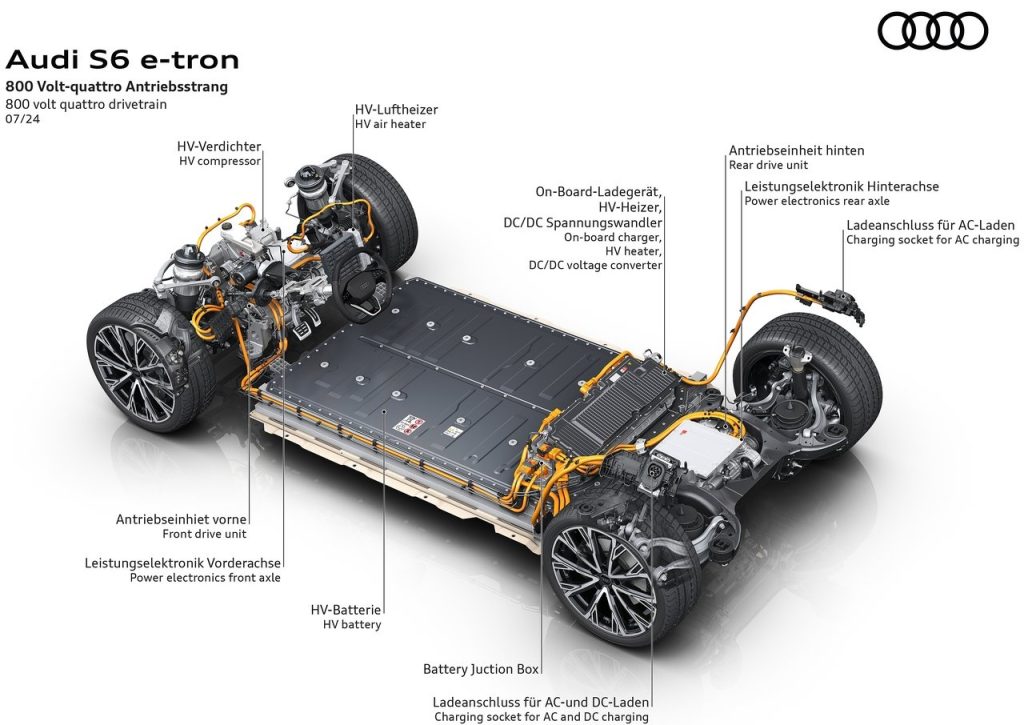
The two charging ports on each side of the car’s rear haunches currently enables for the A6 e-tron to accept up to an 11 kW AC supply, with a planned upgrade to 22 kW set for later in the car’s life cycle. DC charging of this Audi’s batteries in turn is to be capped at a maximum 270 kW, for a 10-80% charge in 21 minutes.
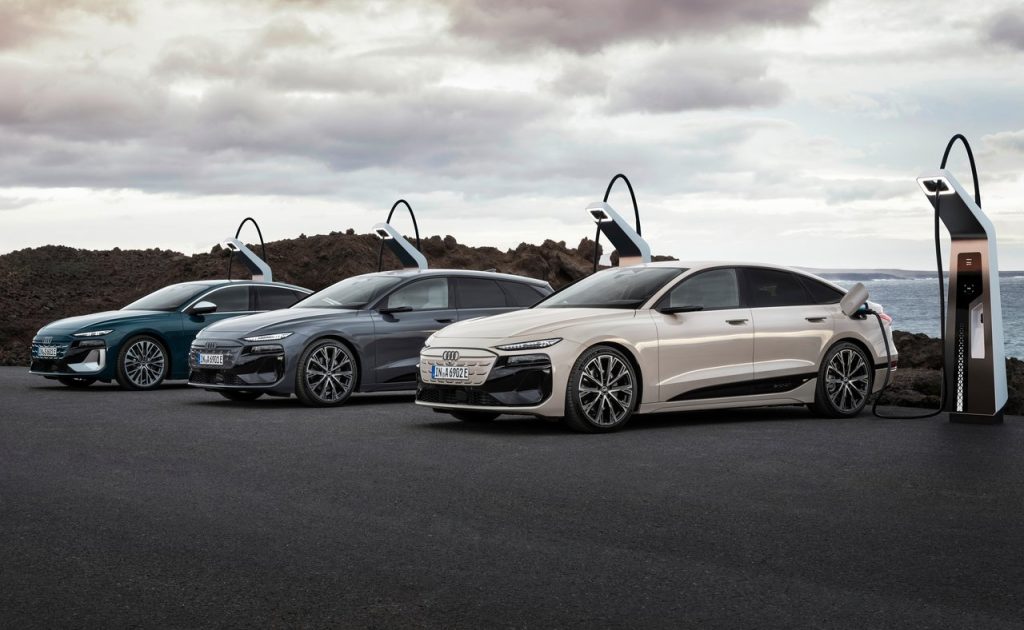
Moving on from the batteries itself to what those batteries power now, the A6 e-tron with launch in single-motor rear-wheel drive, dual-motor Quattro all-wheel drive and high-performance S6 flavours. The base rear-driven Audi is to be the automaker’s first rear-wheel drive sedan in a century, with its single rear-mounted permanent magnet motor outputting 362 horsepower for a century sprint time of 5.4 seconds.

Stepping up to the Quattro adds an asynchronous motor on the front axle, giving it the namesake all-wheel drive capability and a combined output of 422 hp. The century sprint time for this particular variant is rated at 4.3 seconds, while its top speed matches that of its single-motor counterpart at 210 km/h.
As for the S6 E-Tron, this sportiest flavour of A6 thus far (before the eventual RS6 comes along) comes packing 496 hp from its dual-motor drivetrain, with it then temporarily rising to 543 hp when launch control is activated. 0-100 km/h in this particular trim comes in just 3.7 seconds, with it to then charge along all the way to 240 km/h before running out of puff.
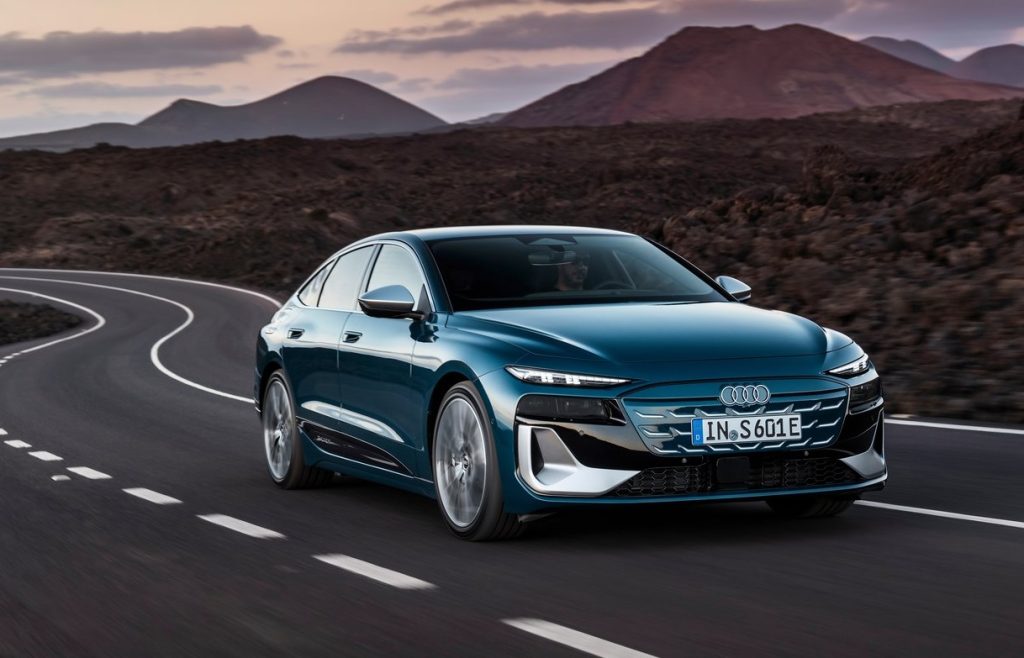
Design-wise now, this new A6 e-tron remains rather faithful to the concept of the same name that was shown three years ago. Though perhaps more interesting than that is for this new Audi (when fitted with Euro-specific wheel design and aero-optimised side cameras that is) touts a drag coefficient of only 0.21 for the Sportback, which makes it not just one of the most aerodynamic Audi road cars of all time, but also the most aero-efficient Volkswagen Group product on sale today.
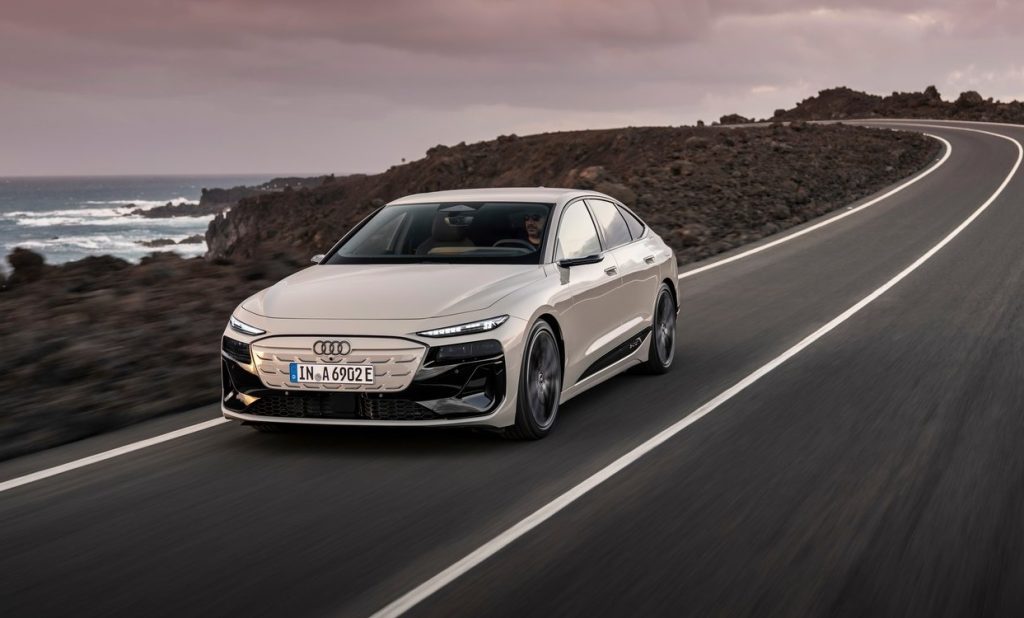
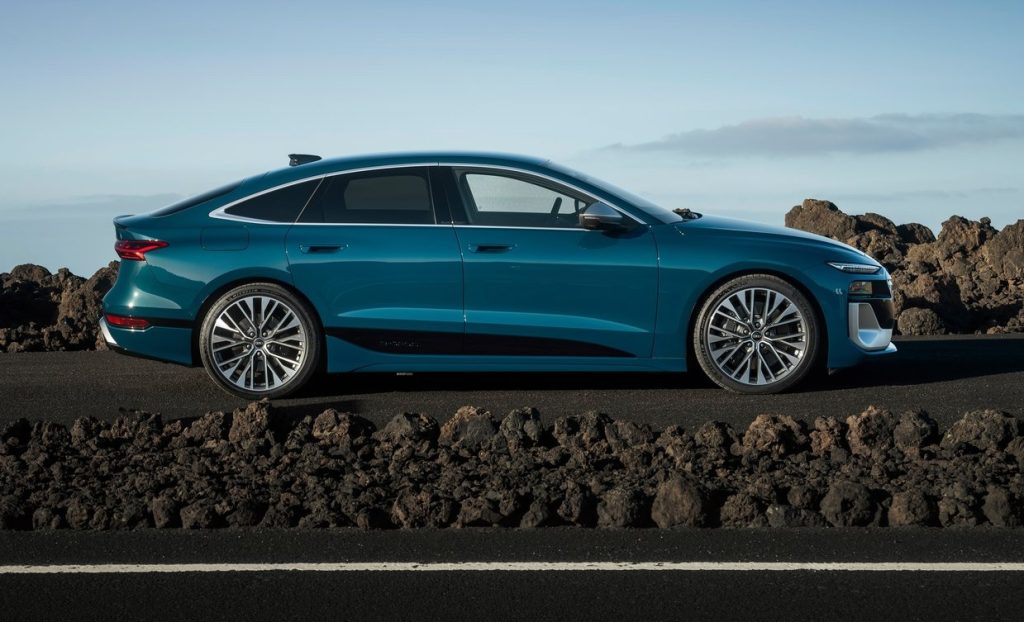
Inside the A6 e-tron, its layout largely mirrors that of the new A5 and the Q6. Centrally situated within this Audi is a 14.5-inch infotainment display, while the driver and front passenger gets an 11.9-inch digital instrument cluster and 10.9-inch touchscreen respectively. In cars equipped with the optional side cameras, a pair of small displays bookends the dashboard.
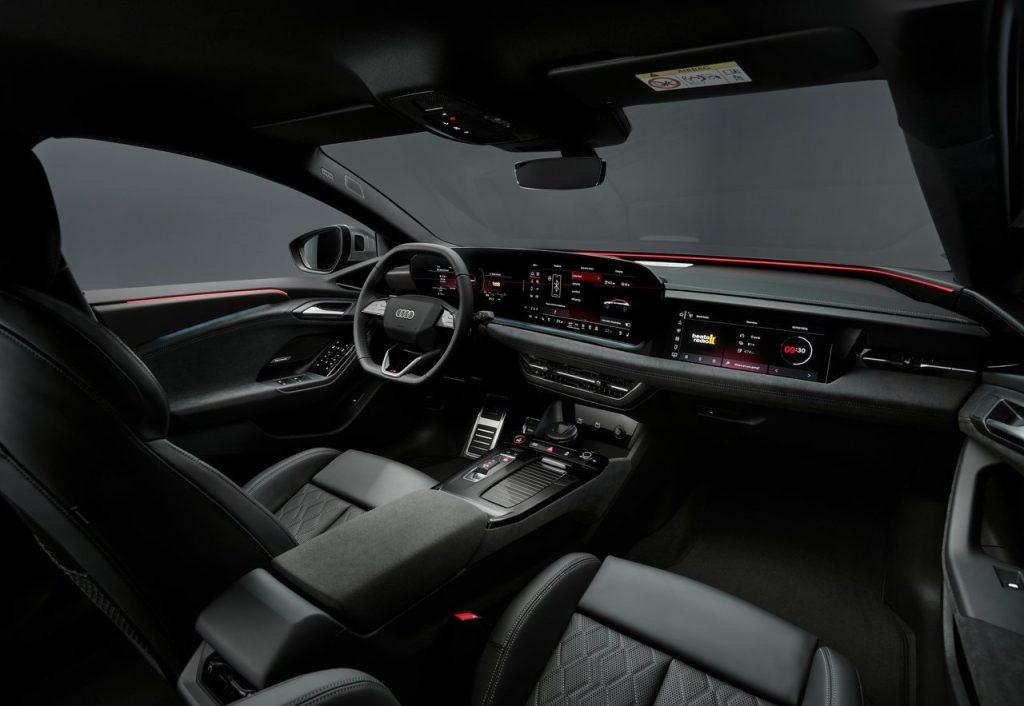

Order books for the A6 e-tron will first open in Europe come September, with prices in Germany for this Audi to range from €75,600 (RM 372,000) for the base Sportback to €101,150 (RM 498,000) for the S6 E-Tron in Avant guise. No word yet on whether this EV will make it to Malaysia yet, but the best case scenario is for it to launch locally with a BMW i5 and Mercedes-Benz EQE-rivalling price tag in the RM 450,000 mark.
For those who prefer their Audi A6s to feature an engine up front on the other hand, the outgoing petrol and diesel iteration will adopt the new A7 moniker (as with the automaker’s new naming convention of odd-numbered models being its ICE cars) when a new generation eventually arrives next year.
